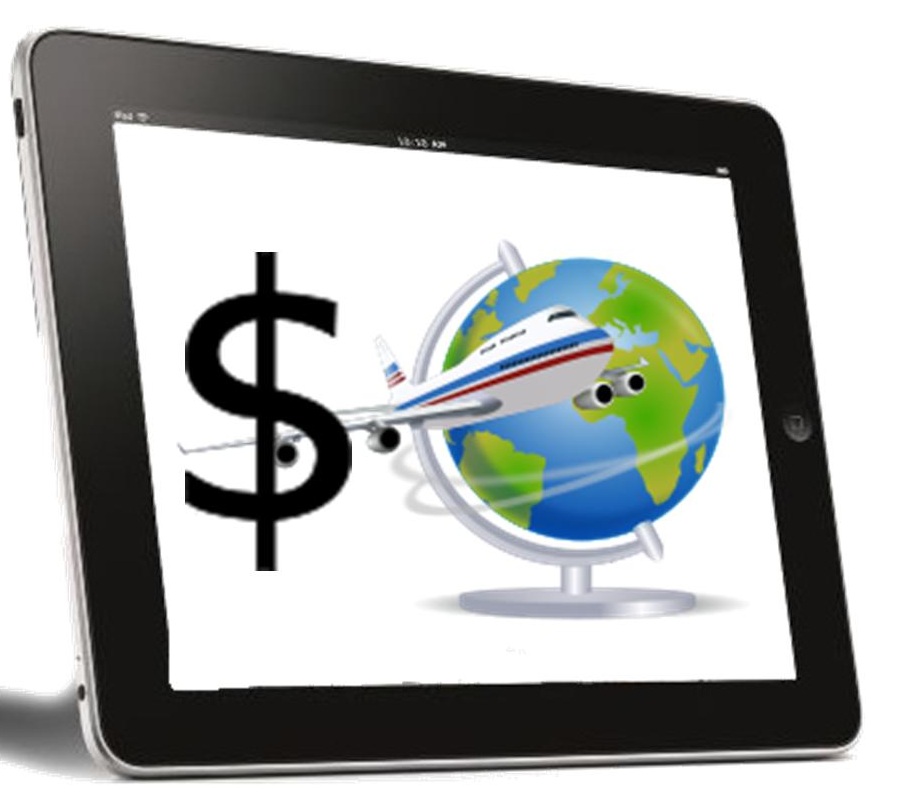This new shopping service is being provided by LV.com, bringing Chinese giants together.
WeChat has now announced that it will be broadening its mobile commerce offerings through the addition of a flight booking service that will be made possible through LV.com (which was formerly called 17u.cn).
This will bring WeChat into a partnership with a company in which Tencent currently has a stake.
The payments in this mobile commerce arrangement will, of course, support WeChat Payment. A consumer will be able to not only buy his or her ticket, but will also be able to receive notifications on the flight status, in addition to other related forms of information. All that they need to do is subscribe to an official LV WeChat account.
Currently, this mobile commerce option is available only in two cities, but this is meant to grow.
At the moment, WeChat is making this smartphone service available only in two cities in China: Shenzhen and Guangzhou. This will be only a starting point for the service, but there are plans to expand it outward into other cities, later on. The company has also specified that it will be broadening the service into the other forms of online booking that are available through LV.com.
Until now, there have been a large range of different categories of smartphone shopping based offerings that have been made available through WeChat. They have used the My Brand Cards channel in order to make it possible for consumers to be able to purchase tremendous ranges of different kinds of goods and services.
The company now feels that by adding the new option of being able to book flights fits in very well with its mobile commerce brand as it has established it until now. It will also be incorporating other travel related bookings in the future, which can include making hotel reservations or booking various types of tourism services such as getting tickets for a sightseeing tour. Those are not yet a part of the shopping experience but consumers should be expecting them before too much time has passed, considering the speed at which WeChat is known to expand.


